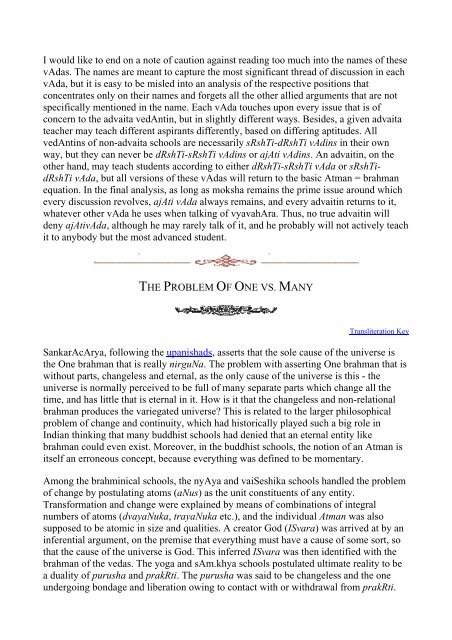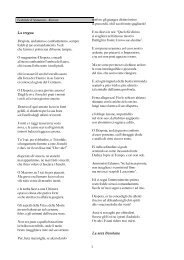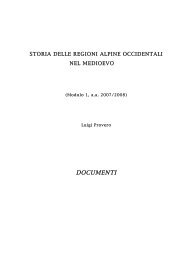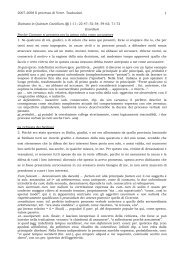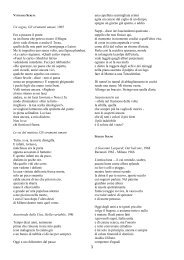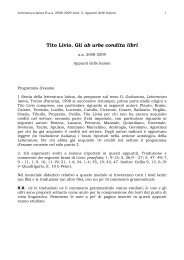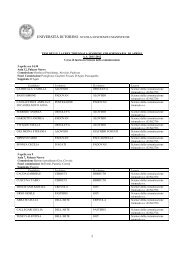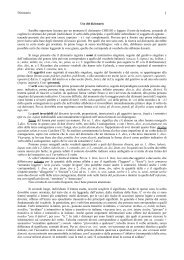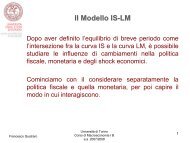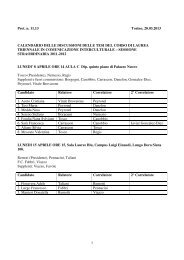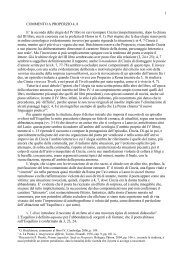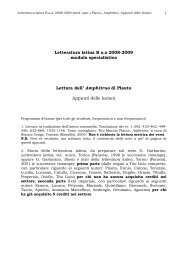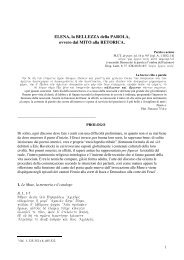ajAti vAda
ajAti vAda
ajAti vAda
You also want an ePaper? Increase the reach of your titles
YUMPU automatically turns print PDFs into web optimized ePapers that Google loves.
I would like to end on a note of caution against reading too much into the names of these<br />
<strong>vAda</strong>s. The names are meant to capture the most significant thread of discussion in each<br />
<strong>vAda</strong>, but it is easy to be misled into an analysis of the respective positions that<br />
concentrates only on their names and forgets all the other allied arguments that are not<br />
specifically mentioned in the name. Each <strong>vAda</strong> touches upon every issue that is of<br />
concern to the advaita vedAntin, but in slightly different ways. Besides, a given advaita<br />
teacher may teach different aspirants differently, based on differing aptitudes. All<br />
vedAntins of non-advaita schools are necessarily sRshTi-dRshTi vAdins in their own<br />
way, but they can never be dRshTi-sRshTi vAdins or <strong>ajAti</strong> vAdins. An advaitin, on the<br />
other hand, may teach students according to either dRshTi-sRshTi <strong>vAda</strong> or sRshTidRshTi<br />
<strong>vAda</strong>, but all versions of these <strong>vAda</strong>s will return to the basic Atman = brahman<br />
equation. In the final analysis, as long as moksha remains the prime issue around which<br />
every discussion revolves, <strong>ajAti</strong> <strong>vAda</strong> always remains, and every advaitin returns to it,<br />
whatever other <strong>vAda</strong> he uses when talking of vyavahAra. Thus, no true advaitin will<br />
deny <strong>ajAti</strong><strong>vAda</strong>, although he may rarely talk of it, and he probably will not actively teach<br />
it to anybody but the most advanced student.<br />
THE PROBLEM OF ONE VS. MANY<br />
Transliteration Key<br />
SankarAcArya, following the upanishads, asserts that the sole cause of the universe is<br />
the One brahman that is really nirguNa. The problem with asserting One brahman that is<br />
without parts, changeless and eternal, as the only cause of the universe is this - the<br />
universe is normally perceived to be full of many separate parts which change all the<br />
time, and has little that is eternal in it. How is it that the changeless and non-relational<br />
brahman produces the variegated universe? This is related to the larger philosophical<br />
problem of change and continuity, which had historically played such a big role in<br />
Indian thinking that many buddhist schools had denied that an eternal entity like<br />
brahman could even exist. Moreover, in the buddhist schools, the notion of an Atman is<br />
itself an erroneous concept, because everything was defined to be momentary.<br />
Among the brahminical schools, the nyAya and vaiSeshika schools handled the problem<br />
of change by postulating atoms (aNus) as the unit constituents of any entity.<br />
Transformation and change were explained by means of combinations of integral<br />
numbers of atoms (dvayaNuka, trayaNuka etc.), and the individual Atman was also<br />
supposed to be atomic in size and qualities. A creator God (ISvara) was arrived at by an<br />
inferential argument, on the premise that everything must have a cause of some sort, so<br />
that the cause of the universe is God. This inferred ISvara was then identified with the<br />
brahman of the vedas. The yoga and sAm.khya schools postulated ultimate reality to be<br />
a duality of purusha and prakRti. The purusha was said to be changeless and the one<br />
undergoing bondage and liberation owing to contact with or withdrawal from prakRti.


